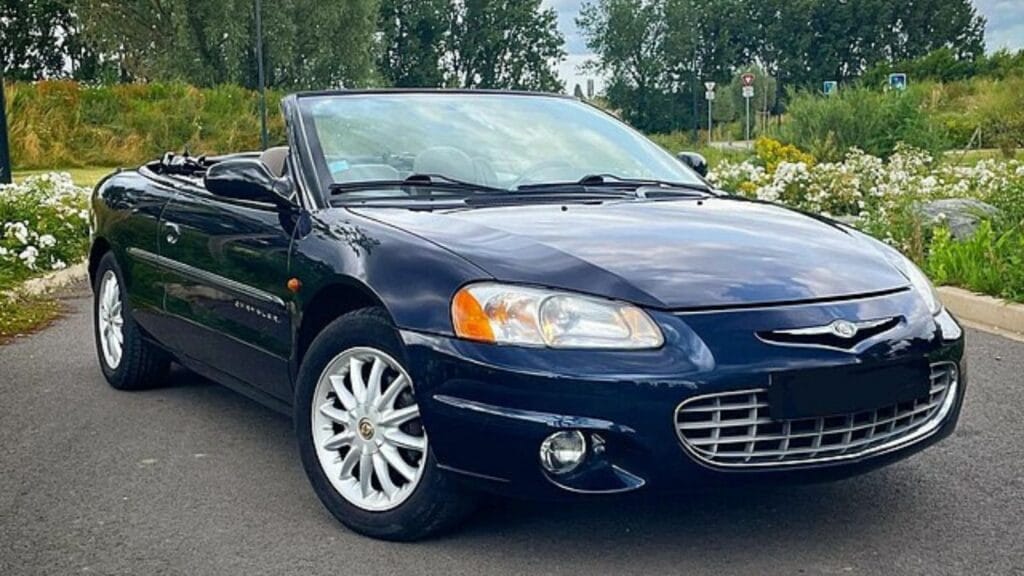Not every car leaves the factory ready to impress. Some drive straight into the history books for all the wrong reasons. Poor engineering, sloppy design, and shortcuts in quality control meant that these cars were doomed before the first owner even put the key in the ignition. Here’s a deeper look at 20 more cars that were practically junk right out of the showroom, complete with the breakdowns, recalls, and horror stories that made them infamous.
Pontiac Aztek (2001–2005)
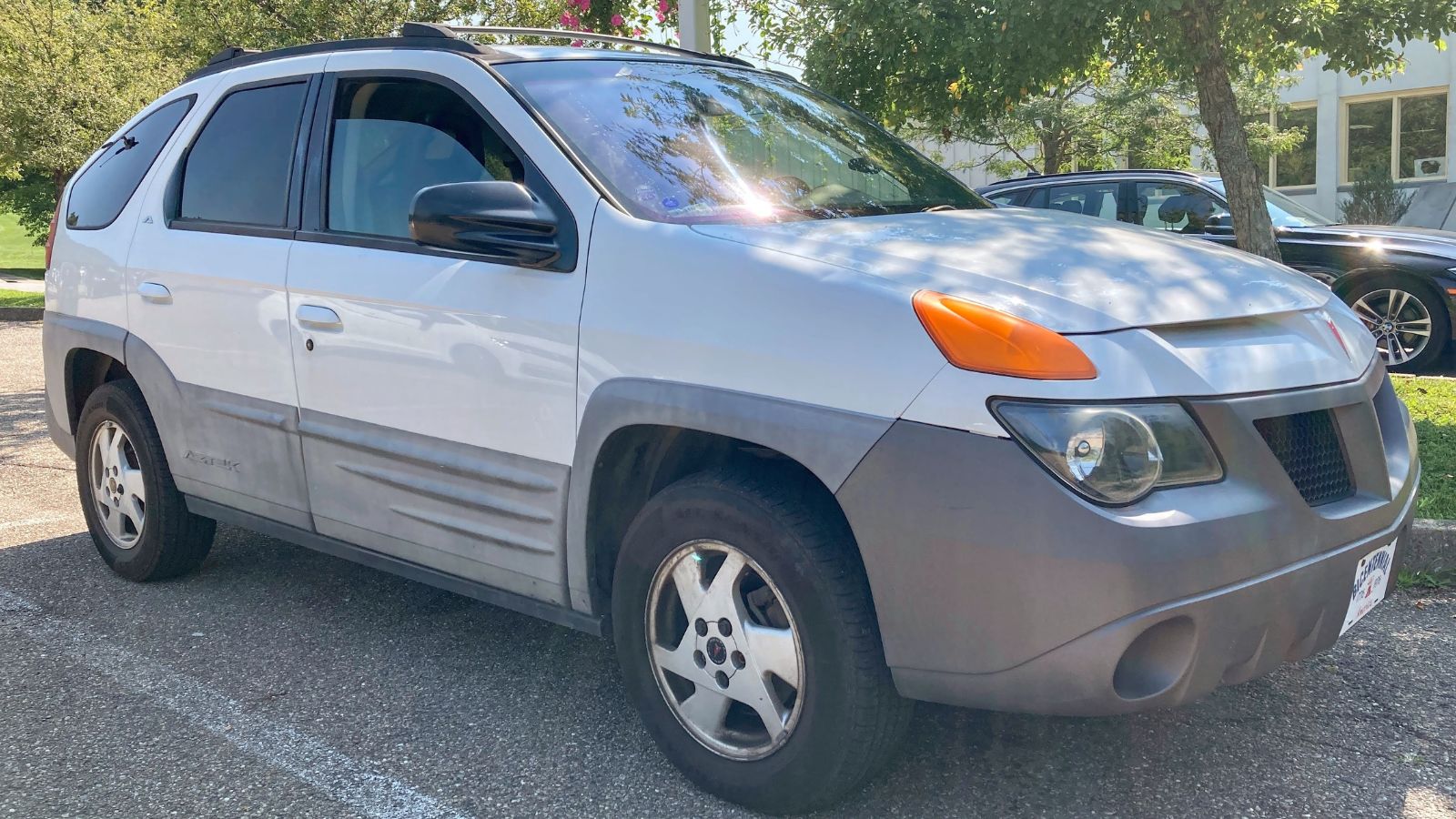
The Aztek has become a pop culture icon thanks to Breaking Bad, but let’s be honest—it was a disaster at launch. Its awkward styling scared off buyers, but the real trouble was under the skin. The V6 was underpowered, transmissions wore out early, and the cheap plastic interior panels rattled from day one. Many owners faced leaky head gaskets before the car even hit 80,000 miles. For all its camping gimmicks and “adventure-ready” image, most Azteks ended up scrapped long before they became ironic collectibles.
Dodge Caliber (2007–2012)

Dodge hyped the Caliber as a bold replacement for the Neon, but what buyers got was a clunky hatchback with a CVT that sucked the life out of its already weak four-cylinder engines. The interior was filled with rock-hard plastics that scratched if you looked at them funny, and owners complained about endless electrical gremlins. It was marketed as edgy and youthful, but instead ended up as a rolling reminder of Chrysler’s mid-2000s slump.
Chevrolet Citation (1980–1985)
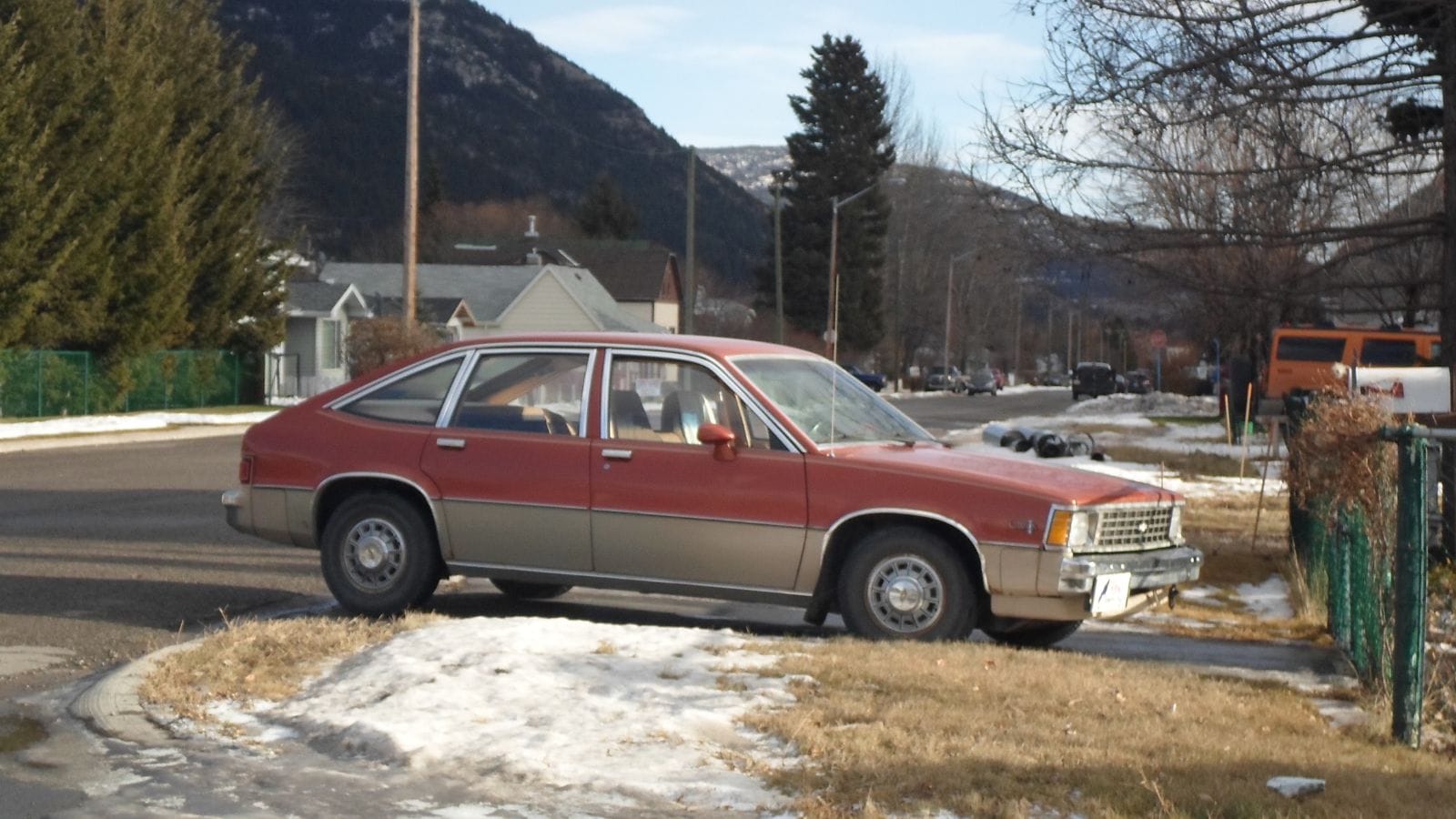
The Citation was supposed to be GM’s small-car revolution, a front-wheel-drive family car to take on imports. Instead, it turned into one of the most recalled cars of the decade. Rear brakes locked up without warning, transmissions failed prematurely, and the steering system had so much play it felt like driving a boat. Many buyers traded them in within two years, furious that their “modern” Chevy had aged like sour milk.
Kia Sephia (1994–2001)
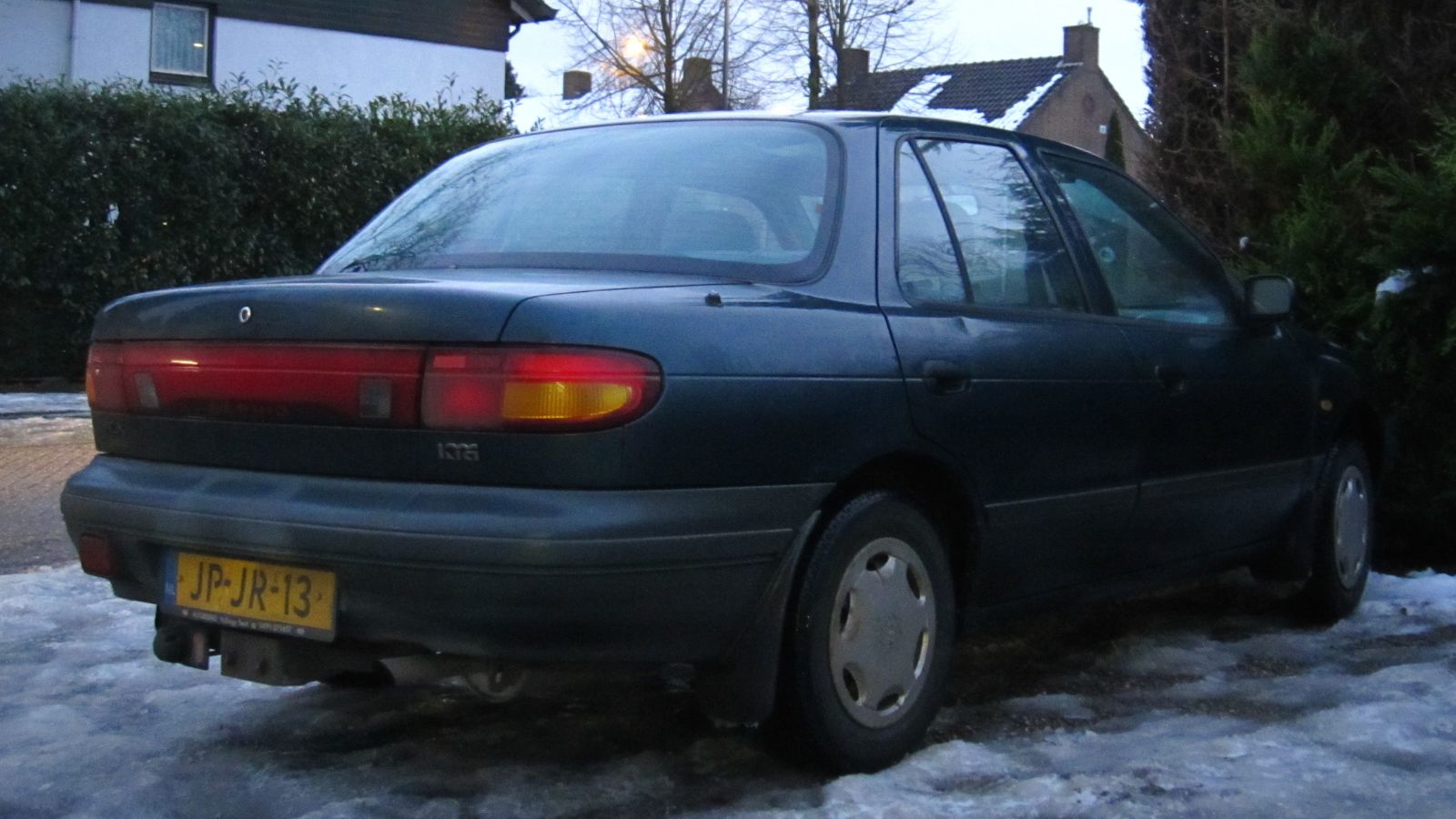
Before Kia reinvented itself, the Sephia was one of the worst compacts on the market. Engine failures often showed up before 60,000 miles, the brakes wore out faster than tires, and wiring harnesses shorted out in damp weather. Some mechanics refused to touch them because the repairs were never-ending. For buyers hoping for a cheap commuter, the Sephia delivered nothing but frustration and repair bills.
Chrysler Sebring Convertible (1996–2006)

The Sebring convertible looked like a bargain sun cruiser, but mechanics hated them. The four-cylinder versions were woefully underpowered, while the V6 models ate transmissions like popcorn. The roof mechanisms jammed constantly, interiors cracked and faded within a couple of years, and the car’s sloppy handling made road trips exhausting. Rental companies loved them, but actual owners learned they had bought one of Chrysler’s most fragile products.
Ford Aspire (1994–1997)
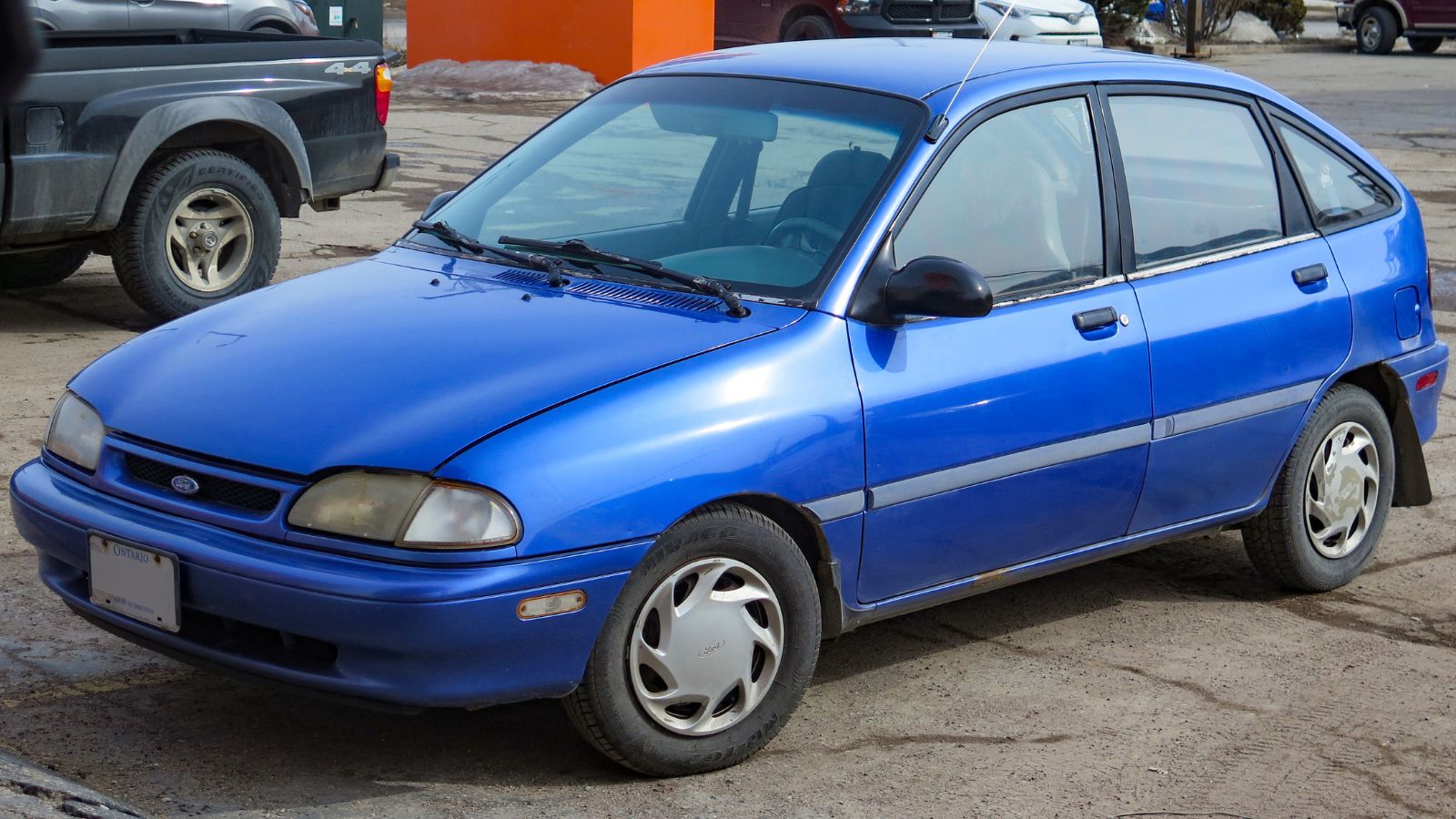
Marketed as an affordable subcompact, the Aspire was anything but inspiring. Built in partnership with Kia, it was flimsy, gutless, and a safety nightmare. Crash tests rated it poorly, owners reported failing seatbelt latches, and its 63-horsepower engine couldn’t keep up with highway traffic. Even by 90s standards, the Aspire felt like a throwback to the bad old days of penalty-box cars.
Daewoo Lanos (1999–2002)
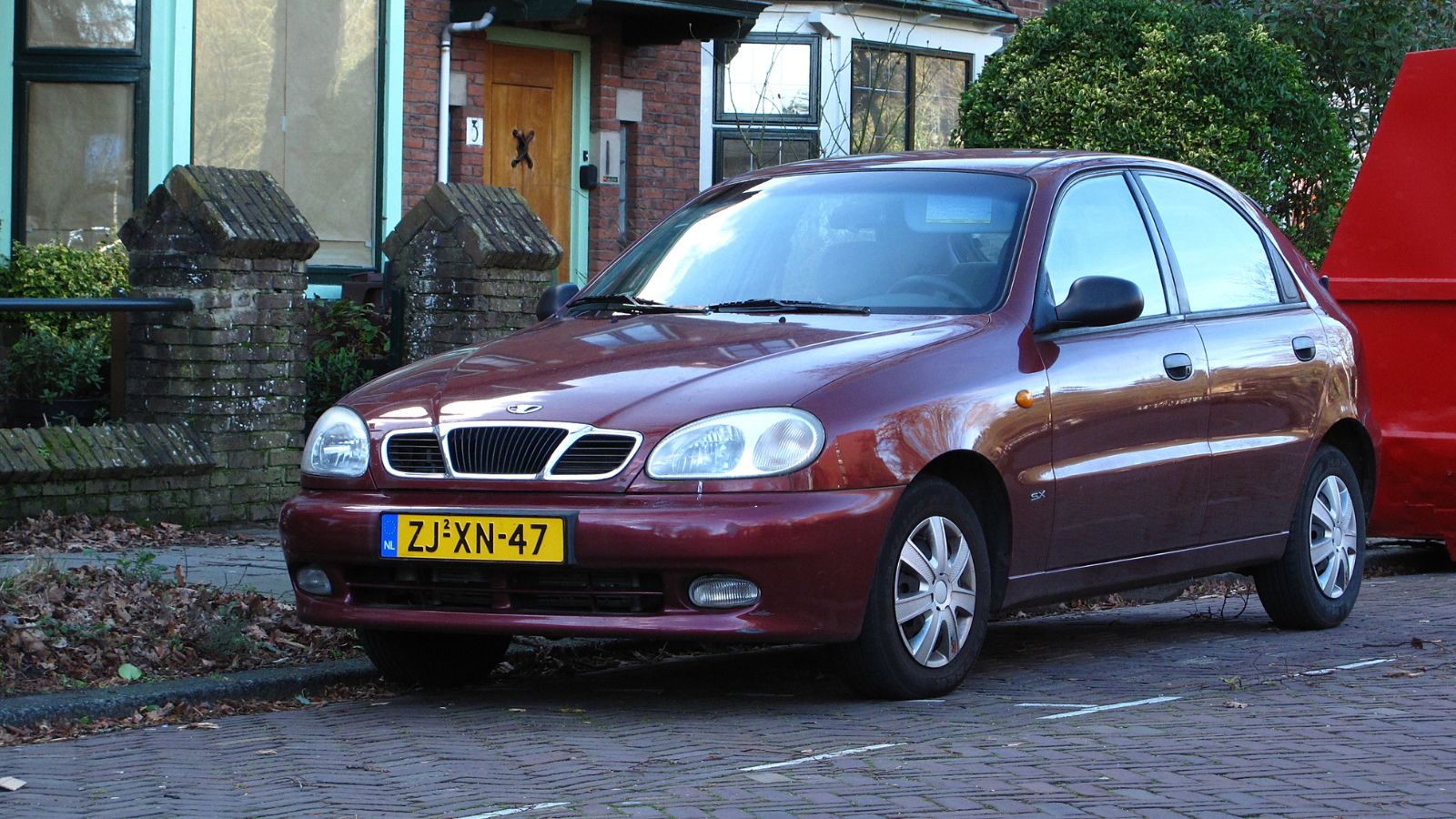
Daewoo tried breaking into the North American market with a fleet of cheap compacts, but the Lanos was the crown jewel of bad ideas. Prone to head gasket failures, electrical fires, and suspension collapses, most were gone from roads within a decade. When Daewoo itself went bankrupt, owners discovered parts were nearly impossible to find. Many Lanos owners ended up junking their cars because a $2,000 repair wasn’t worth it for a car valued at $800.
Suzuki X-90 (1996–1998)
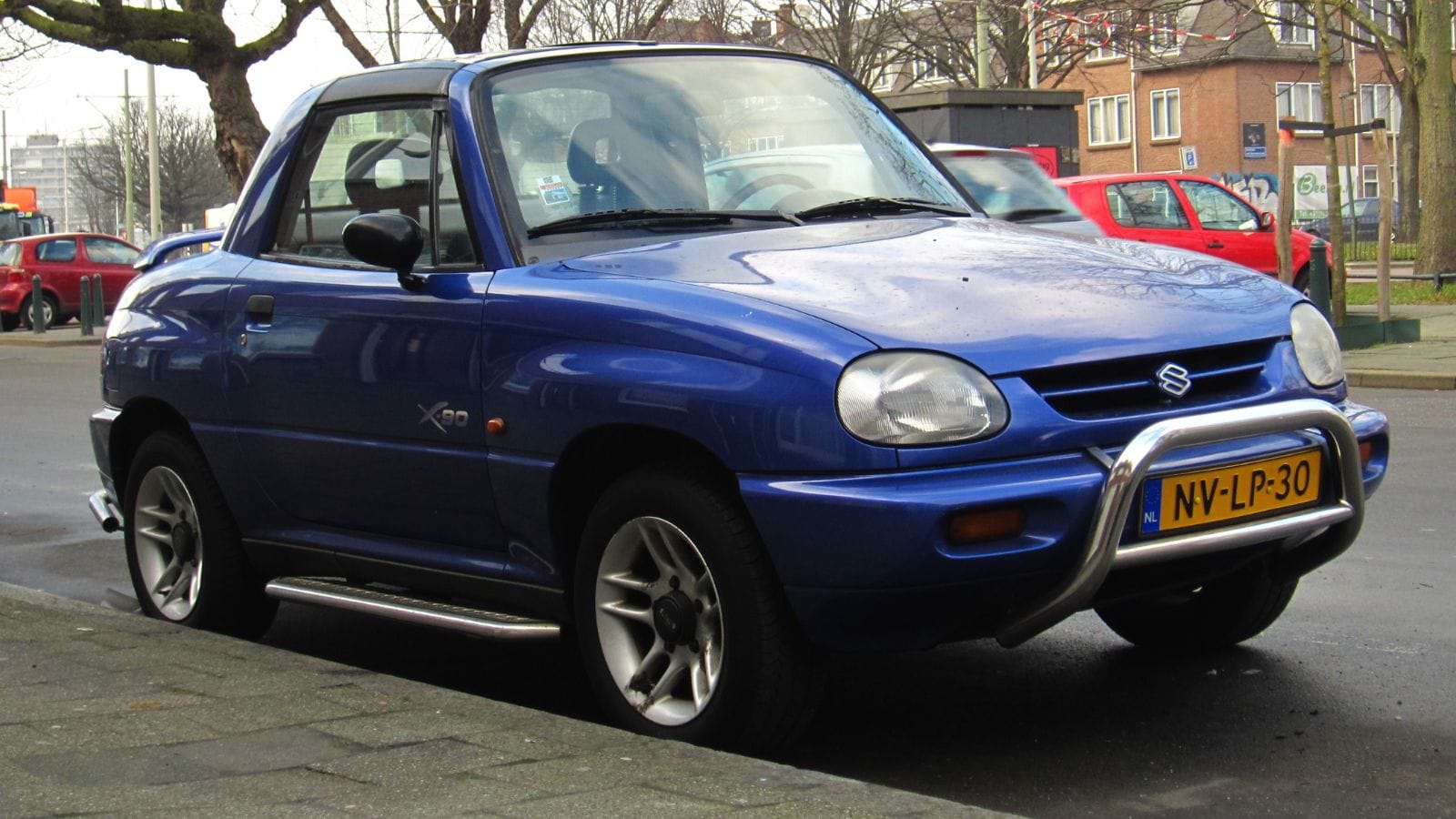
Was it a car? Was it an SUV? Nobody knew. The X-90 was too weird for its own good. With T-tops, two seats, and styling that looked like a cartoon, it left buyers scratching their heads. Worse, it was underpowered and unstable on the highway. Suzuki dealers couldn’t give them away—some even bundled them with other models just to clear inventory.
Dodge Nitro (2007–2012)

The Nitro looked tough with its boxy styling, but beneath the skin, it was an overweight Jeep Liberty clone that drove like a brick. The V6s were thirsty and sluggish, the suspension was stiff yet sloppy, and interior trim rattled itself loose within months. The Nitro’s resale values tanked so hard that owners often owed more on their loans than the car was worth within two years.
Cadillac Cimarron (1982–1988)
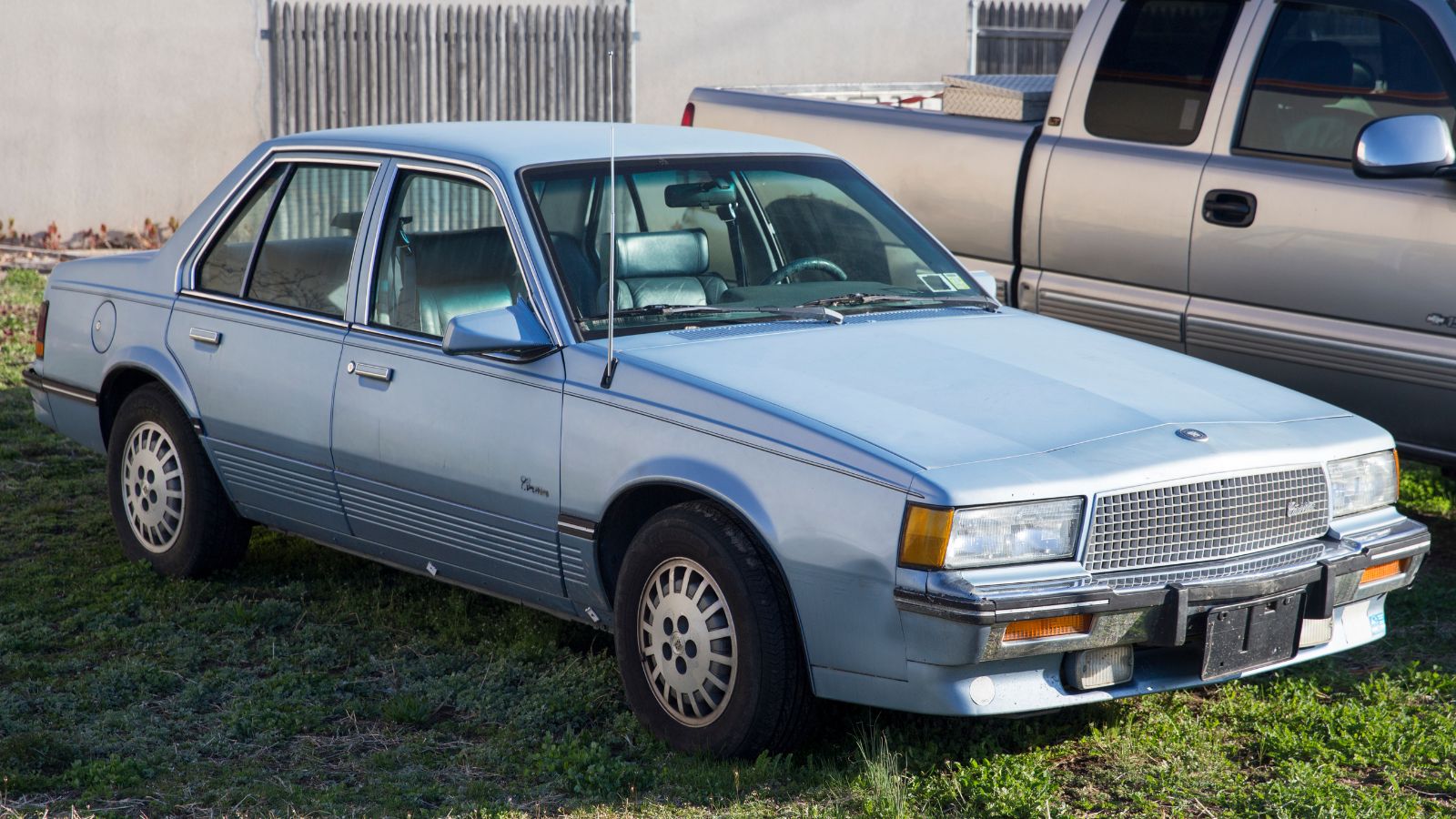
Cadillac’s lowest point, the Cimarron, was nothing more than a Chevy Cavalier with leather seats and a fancy badge. It was overpriced, underpowered, and plagued with the same reliability problems as its cheap sibling. Buyers felt duped, and the car became the poster child for GM badge engineering gone wrong. Even today, it’s remembered less as a Cadillac and more as a punchline.
Volkswagen Routan (2009–2014)
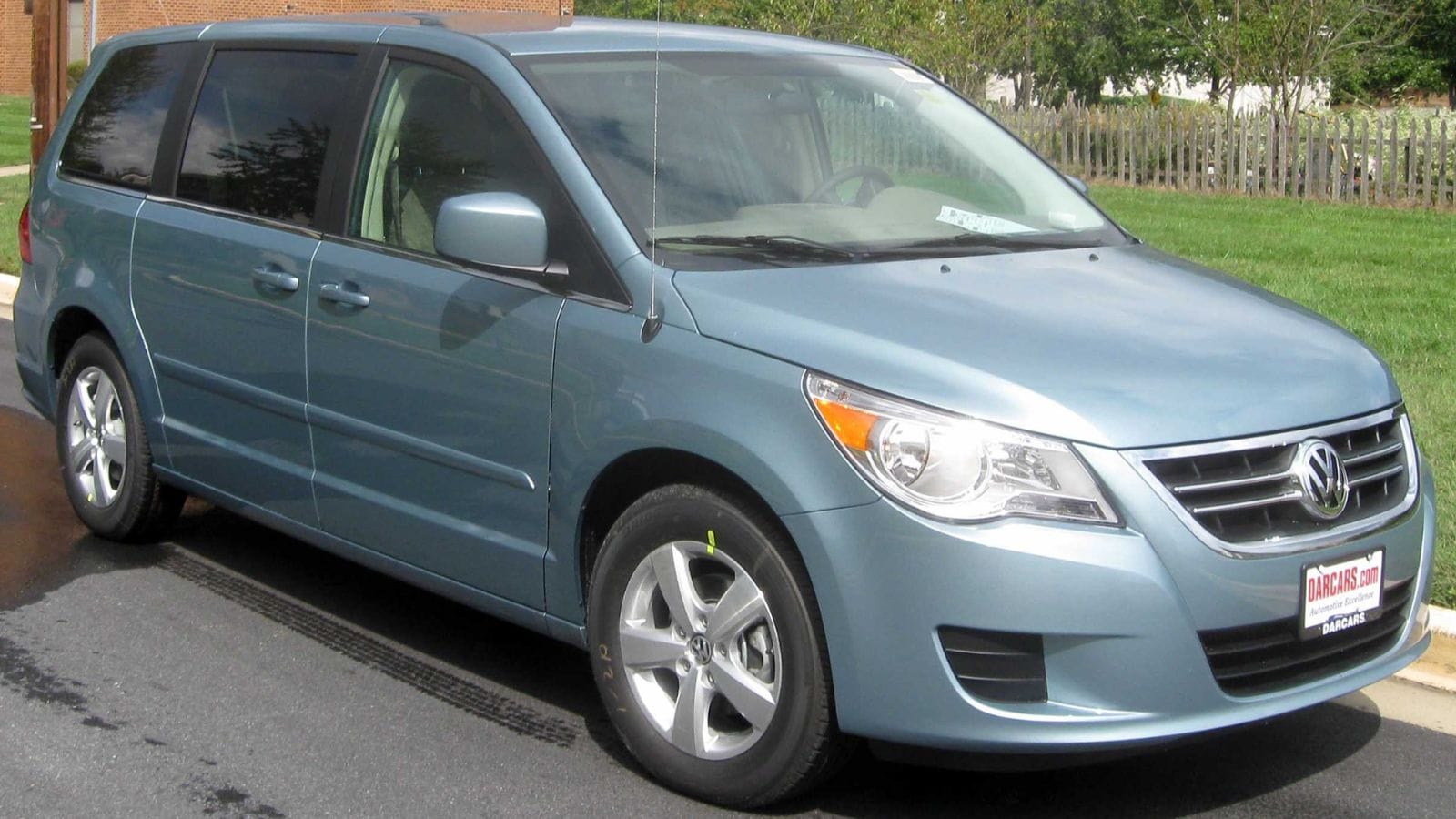
This wasn’t really a Volkswagen at all, it was a Chrysler minivan with VW badges slapped on. Unfortunately, it inherited Chrysler’s notorious quality issues, including failing transmissions and electrical nightmares. Buyers expecting German engineering got a rebadged Town & Country with none of the charm. The Routan was mercifully killed off after five years, with VW pretending it never happened.
Mercury Capri (1991–1994)
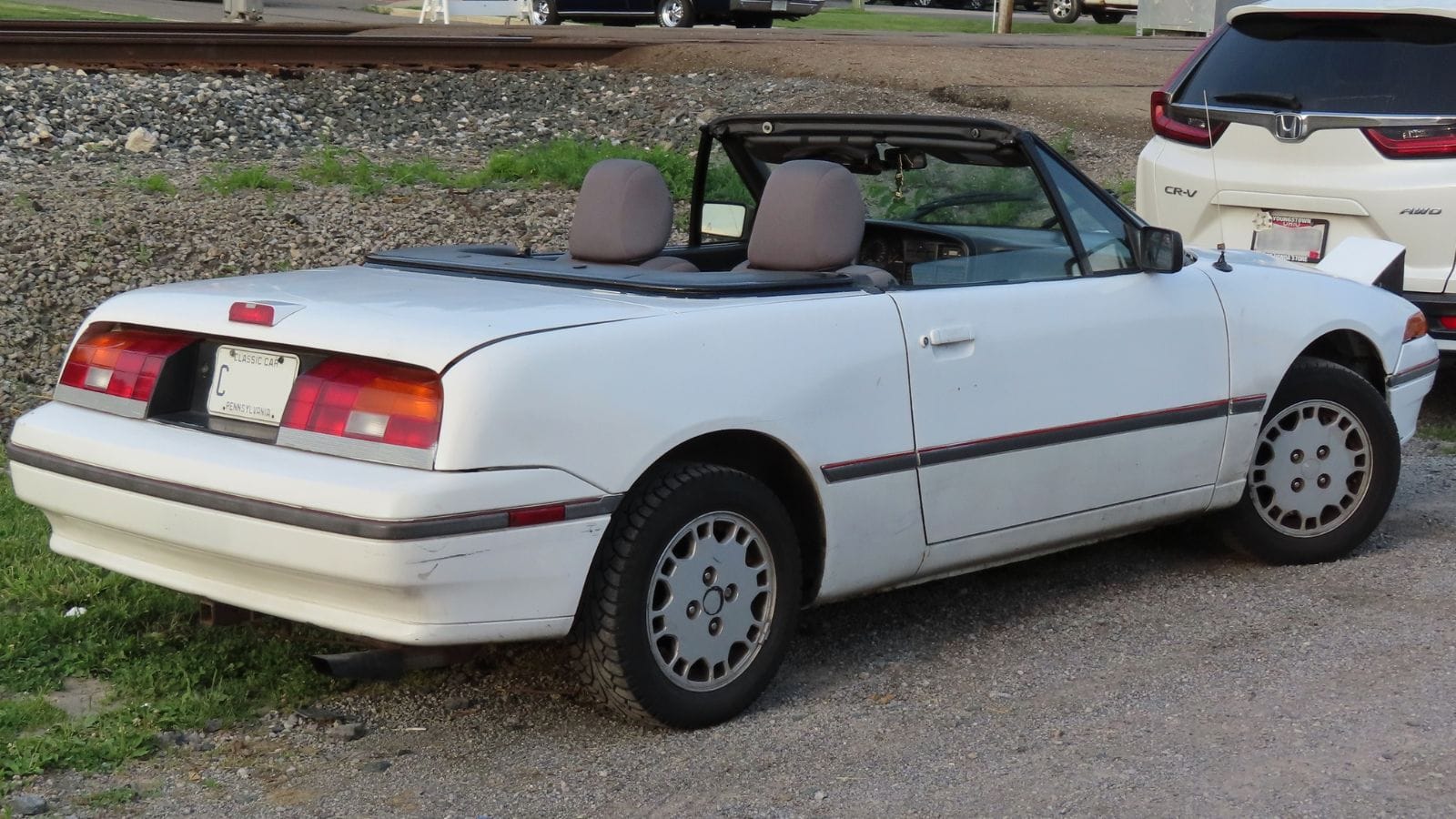
Ford wanted a competitor to the Mazda Miata, so it imported the Capri from Australia. But instead of being a lively sports car, it was a front-wheel-drive roadster with weak engines and reliability issues. Leaky roofs, poor handling, and endless electrical gremlins meant most owners wished they had gone with the Miata instead. Today, the Capri is remembered as an also-ran nobody asked for.
Mitsubishi Mirage (2014–2019)
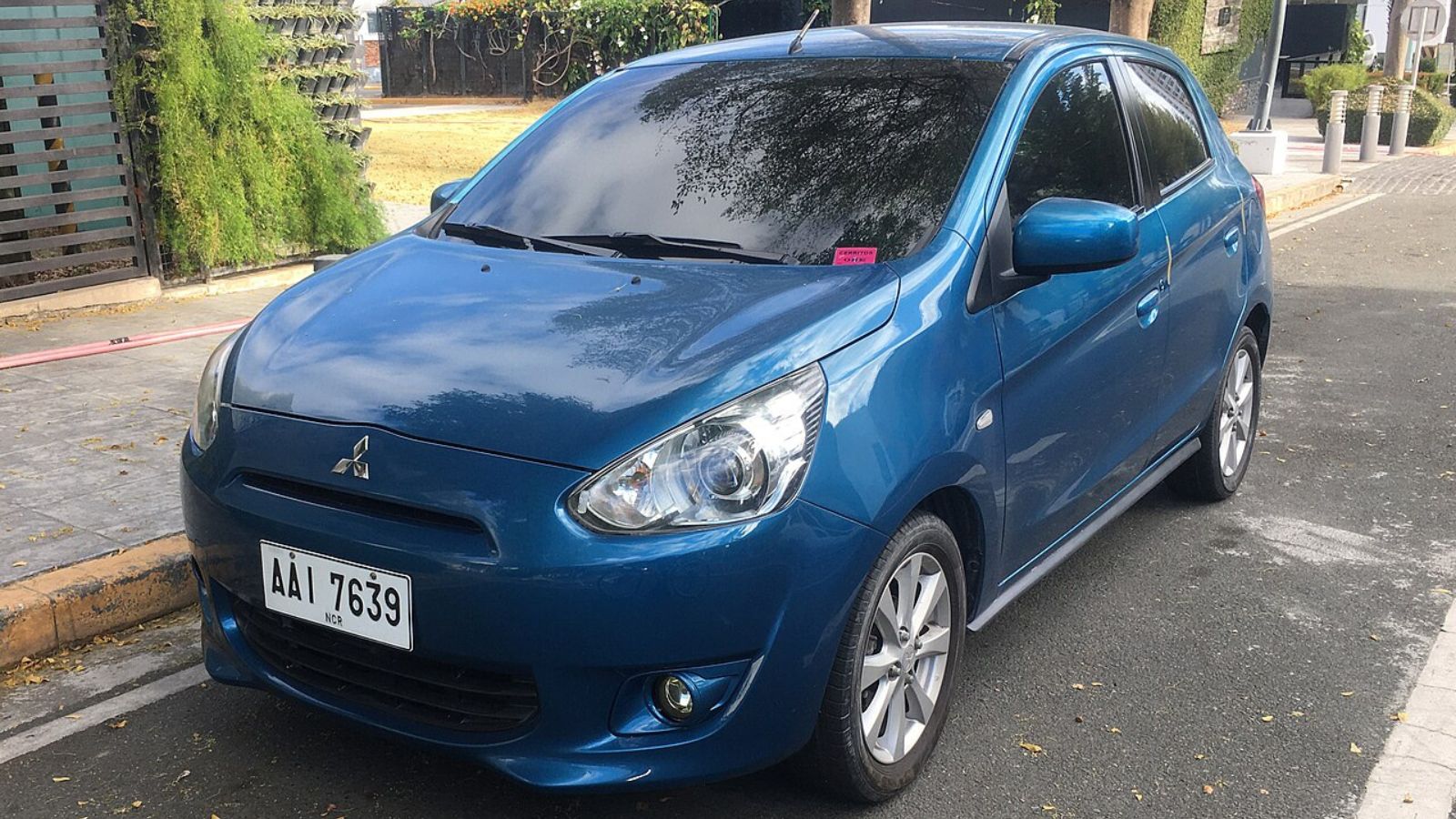
Mitsubishi promised buyers the cheapest new car in America, and they delivered, but in the worst possible way. The Mirage’s three-cylinder engine produced the kind of noise usually reserved for lawn mowers, its ride quality was punishing, and the interior plastics felt like cereal-box toys. Reviews routinely named it the worst car you could buy new, and its resale value reflected that reality.
Saturn Ion (2003–2007)

The Ion was supposed to carry Saturn into the future, but it fell flat from the start. Its quirky center-mounted gauges annoyed drivers, its 2.2-liter engine was coarse and underpowered, and its automatic transmission was prone to early failures. The interior plastics were bargain-basement cheap, leaving many buyers disappointed. The Ion was a flop that helped sink Saturn as a brand.
Jeep Compass (2007–2010)
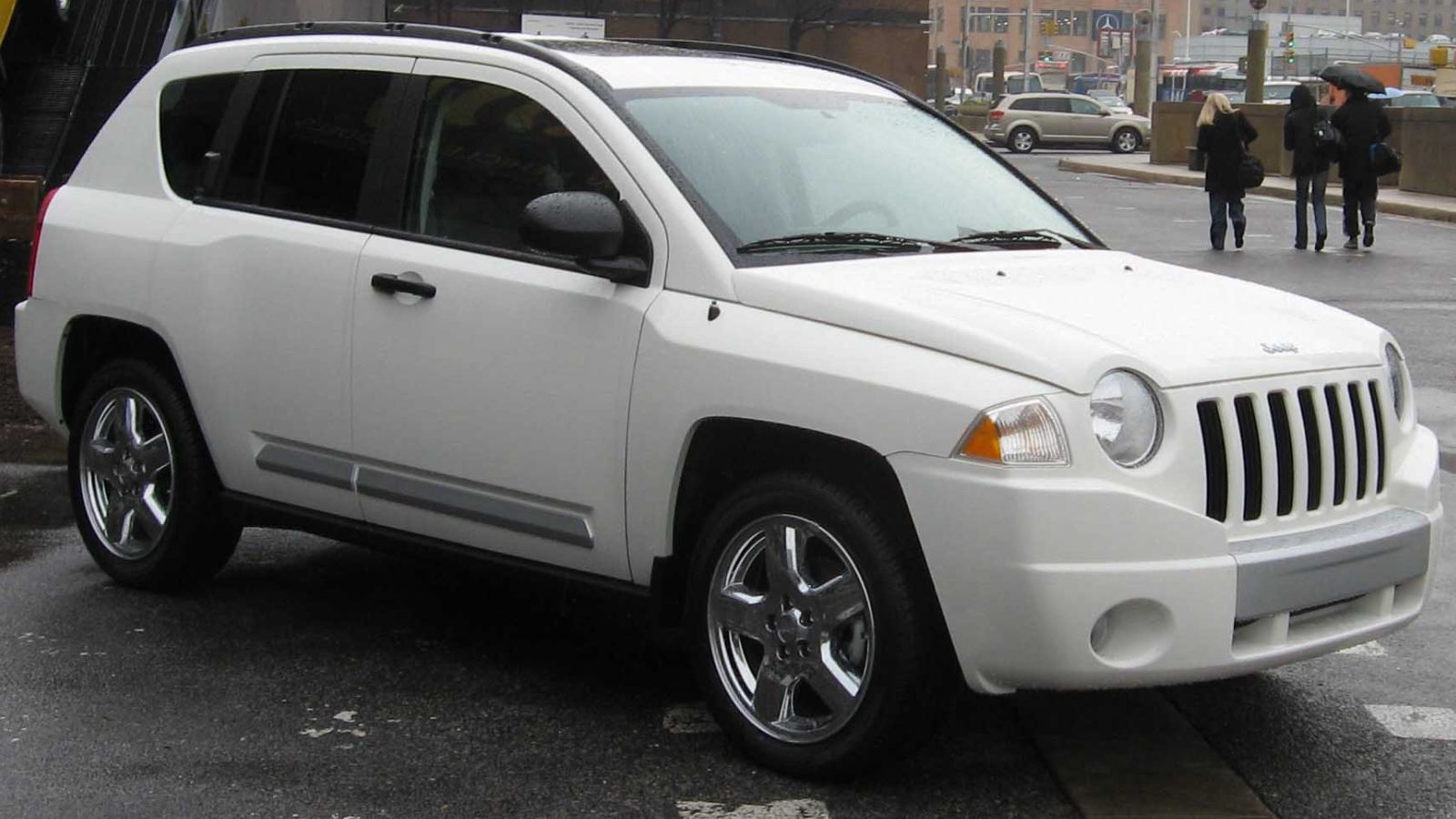
Jeep’s first Compass was a brand embarrassment. It looked awkward, had no off-road chops, and came with one of the worst CVT transmissions ever made. Buyers expecting rugged Jeep capability were stuck with a crossover that couldn’t handle rough trails and barely handled highways. Even die-hard Jeep fans mocked it, and sales only picked up when Jeep completely redesigned it years later.
Hyundai Excel (1986–1994)

When Hyundai entered the American market, it did so with the Excel, a car so cheap it was almost disposable. Unfortunately, many of them didn’t even last five years. Engines seized, transmissions failed, and rust devoured the bodies quickly. By the mid-90s, most Excels were gone, leaving Hyundai scrambling to rebuild its reputation.
Plymouth Breeze (1996–2000)

One of Chrysler’s infamous “Cloud Cars,” the Breeze was as fragile as its name suggested. Transmission failures were common, suspension bushings wore out quickly, and electrical gremlins left owners stranded. Many mechanics referred to them as “throwaway cars” because the cost of repairs often exceeded their value.
Chevrolet Aveo (2004–2011)
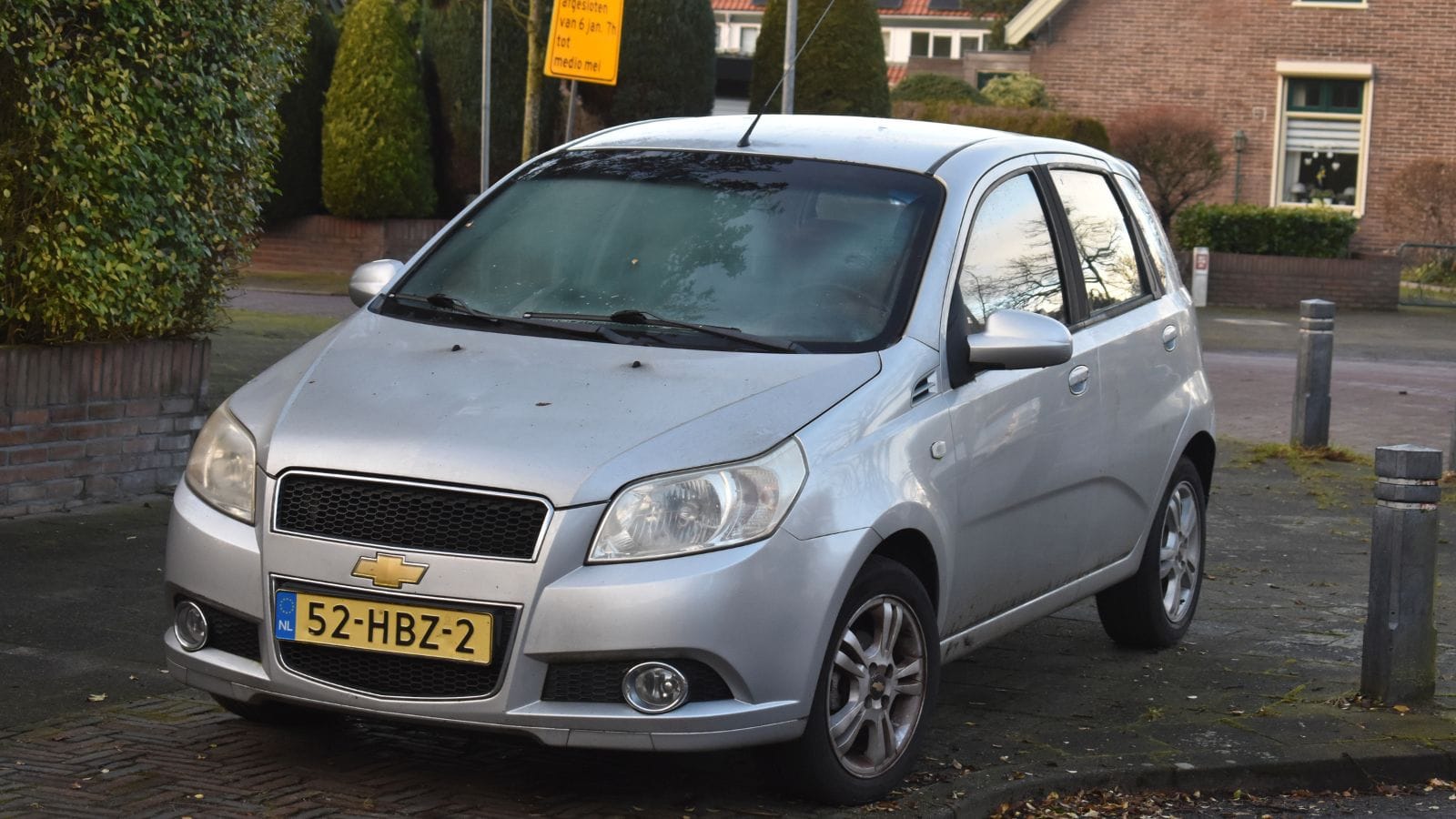
Built cheaply in South Korea, the Aveo was the kind of car you bought when you had no other choice. Its engines were noisy and weak, the interiors fell apart after a couple of years, and safety scores were dreadful. Consumer Reports often listed it among the worst cars sold in America, and it became a poster child for bare-minimum motoring.
Isuzu Axiom (2002–2004)
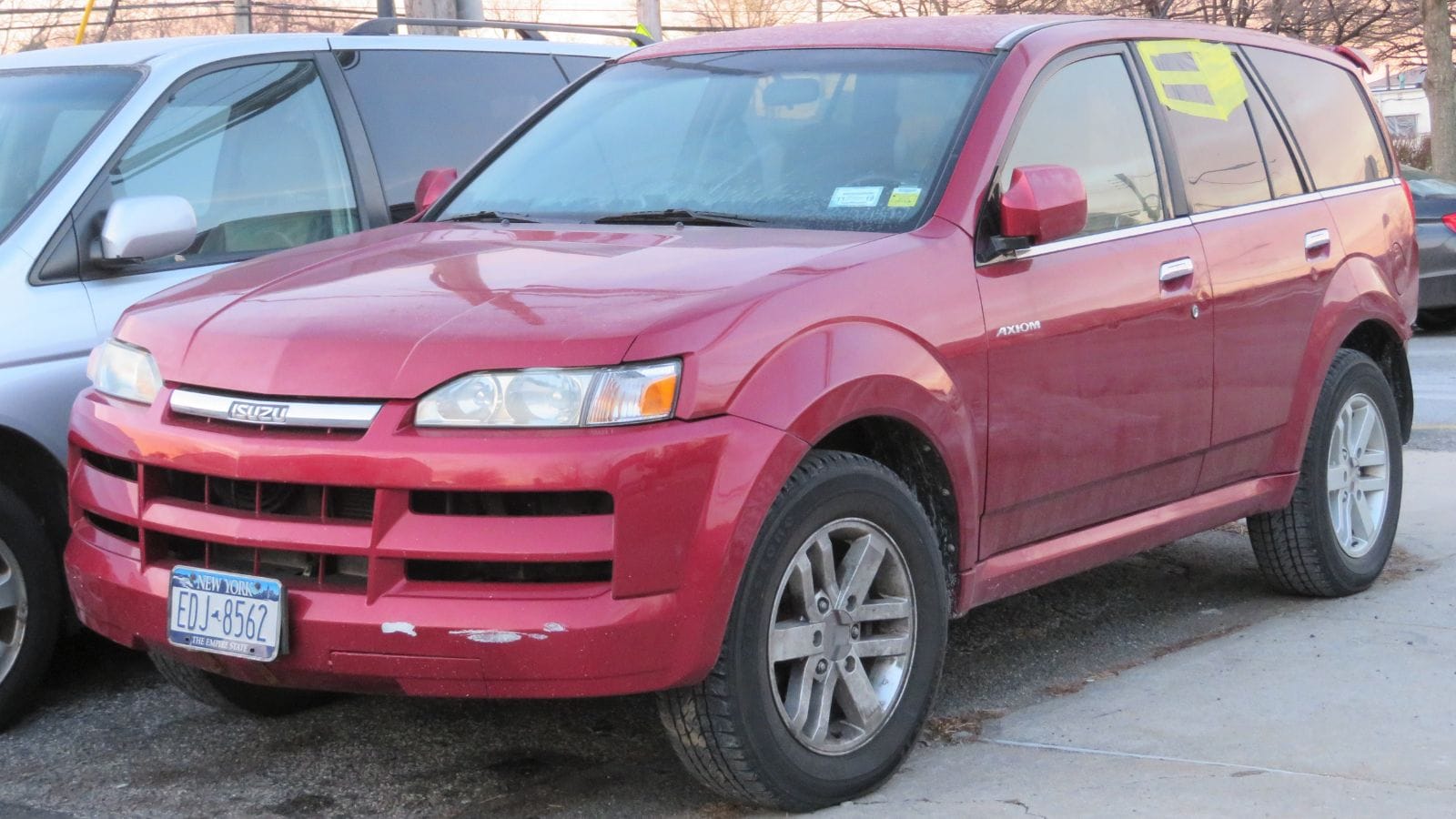
The Axiom looked futuristic but was plagued by reliability issues. Engine oil consumption was excessive, suspension systems failed prematurely, and the ride quality was harsh. It sold poorly and disappeared quickly, leaving Isuzu’s American operations in decline. Many ended up in junkyards well before their 10th birthdays.
Pontiac G6 (2005–2010)
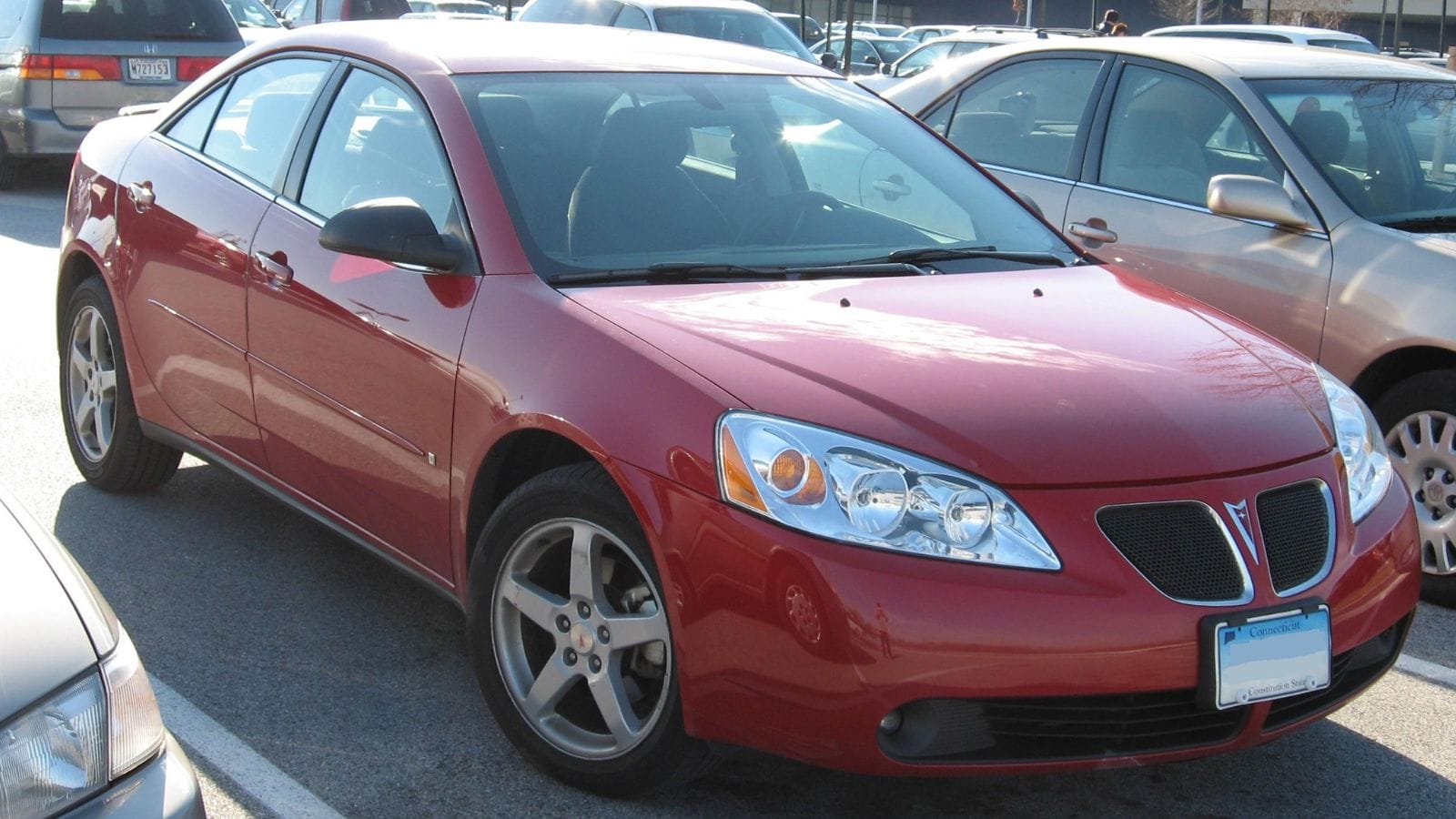
Pontiac hoped the G6 would be its comeback car, but instead it underlined the brand’s decline. With shoddy interiors, electrical failures, and unimpressive engines, the G6 left buyers disappointed. Even the GTP performance trim failed to excite enthusiasts. It was one of the last nails in Pontiac’s coffin before GM shut the brand down.
25 Facts About Car Loans That Most Drivers Don’t Realize

Car loans are one of the most common ways people fund car purchases. Like any other kind of loan, car loans can have certain features that can be regarded as an advantage or a disadvantage to the borrower. Understanding all essential facts about car loans and how they work to ensure that you get the best deal for your financial situation is essential. Here are 25 shocking facts about car loans that most drivers don’t realize:
25 Facts About Car Loans That Most Drivers Don’t Realize
